Theories of autism
Recent articles
The signaling imbalance theory of autism, explained
The signaling imbalance theory holds that the brains of autistic people are hyper-excitable because of either excess neuronal activity or weak brakes on that activity.
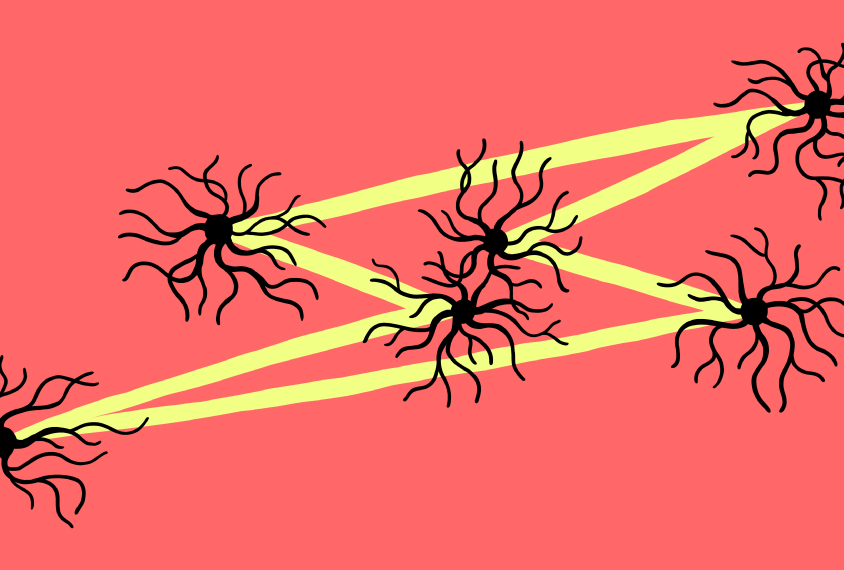
The signaling imbalance theory of autism, explained
The signaling imbalance theory holds that the brains of autistic people are hyper-excitable because of either excess neuronal activity or weak brakes on that activity.
The female protective effect, explained
One of the leading theories of autism posits that girls and women are biologically protected from the condition.

The female protective effect, explained
One of the leading theories of autism posits that girls and women are biologically protected from the condition.
The extreme male brain, explained
The ‘extreme male brain’ theory suggests that autism is an exaggeration of systematic sex differences in ways of thinking.
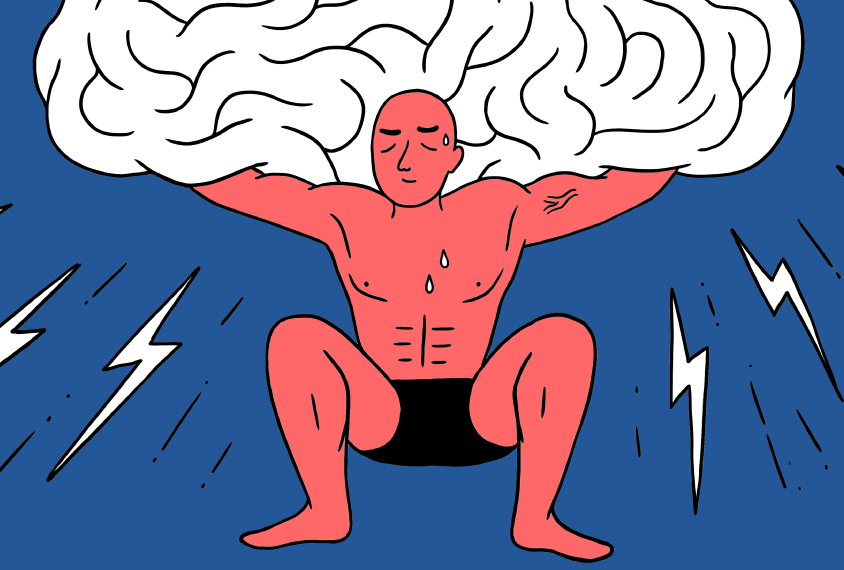
The extreme male brain, explained
The ‘extreme male brain’ theory suggests that autism is an exaggeration of systematic sex differences in ways of thinking.
Serotonin’s link to autism, explained
Serotonin, the brain chemical best known for its link to depression, may also be involved in autism.

Serotonin’s link to autism, explained
Serotonin, the brain chemical best known for its link to depression, may also be involved in autism.
The multiple hits theory of autism, explained
Researchers are studying how a combination of genetic ‘hits’ may contribute to autism’s diversity.
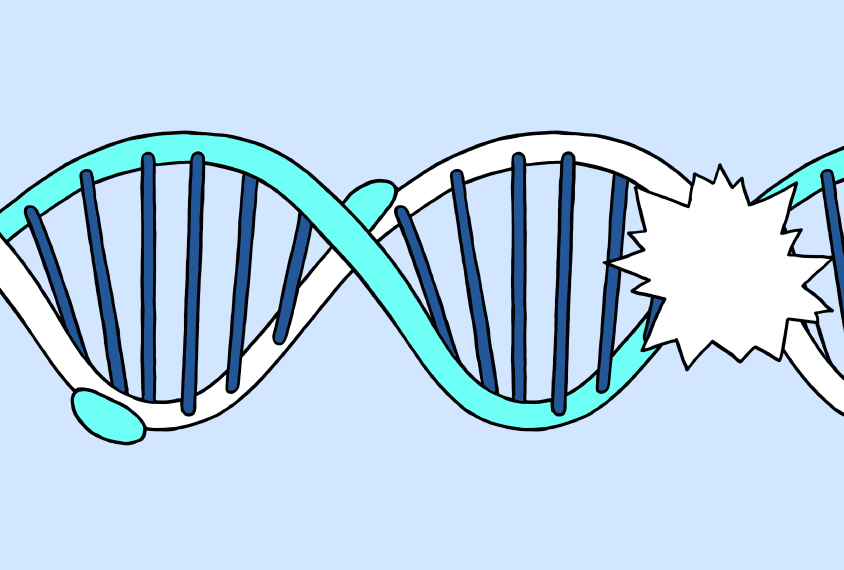
The multiple hits theory of autism, explained
Researchers are studying how a combination of genetic ‘hits’ may contribute to autism’s diversity.
The predictive coding theory of autism, explained
In autism, a person's brain may not form accurate predictions of imminent experiences, or even if it does, sensory input may override those predictions.
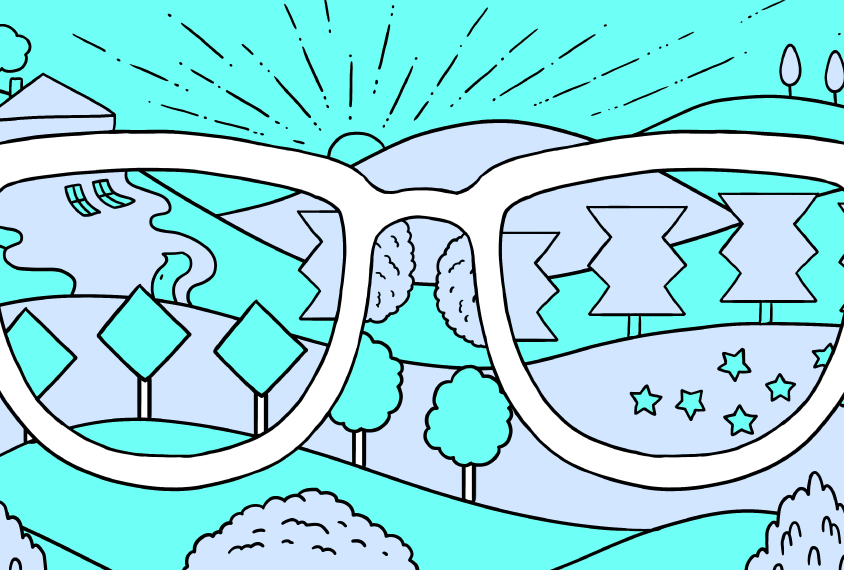
The predictive coding theory of autism, explained
In autism, a person's brain may not form accurate predictions of imminent experiences, or even if it does, sensory input may override those predictions.
The connectivity theory of autism, explained
A growing body of evidence suggests that autism involves atypical communication between brain regions, but how and where in the brain this plays out is unclear.
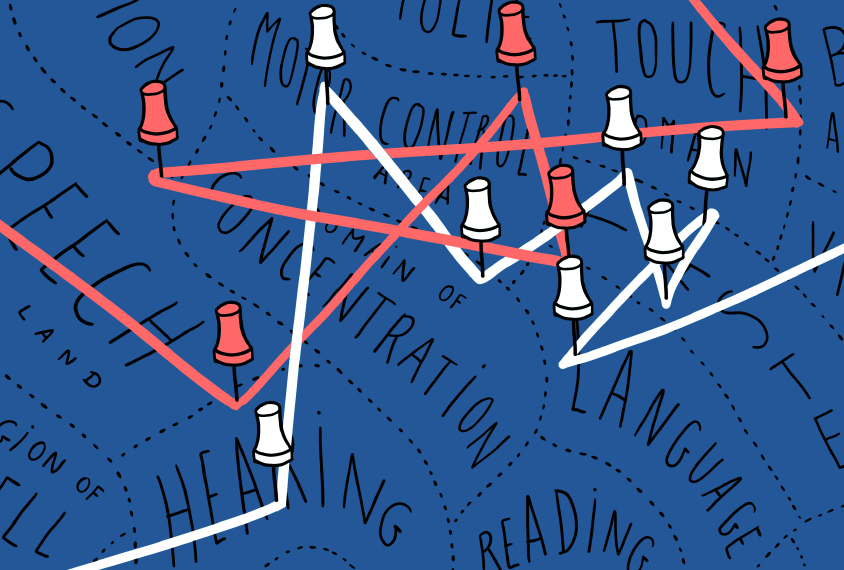
The connectivity theory of autism, explained
A growing body of evidence suggests that autism involves atypical communication between brain regions, but how and where in the brain this plays out is unclear.
Explore more from The Transmitter
Cracking the neural code for emotional states
Rather than act as a simple switchboard for innate behaviors, the hypothalamus encodes an animal's internal state, which influences behavior.

Cracking the neural code for emotional states
Rather than act as a simple switchboard for innate behaviors, the hypothalamus encodes an animal's internal state, which influences behavior.
Alex Maier argues that a scientific explanation of consciousness requires grounding in formalized mathematics
When it comes to discovering laws of nature for consciousness similar to those in physics, Maier argues that integrated information theory is the only game in town.
Alex Maier argues that a scientific explanation of consciousness requires grounding in formalized mathematics
When it comes to discovering laws of nature for consciousness similar to those in physics, Maier argues that integrated information theory is the only game in town.
Neuro’s ark: How goats can model neurodegeneration
Since debunking an urban legend that headbutting animals don’t damage their brain, Nicole Ackermans has been investigating how the behavior correlates with neurodegeneration.

Neuro’s ark: How goats can model neurodegeneration
Since debunking an urban legend that headbutting animals don’t damage their brain, Nicole Ackermans has been investigating how the behavior correlates with neurodegeneration.